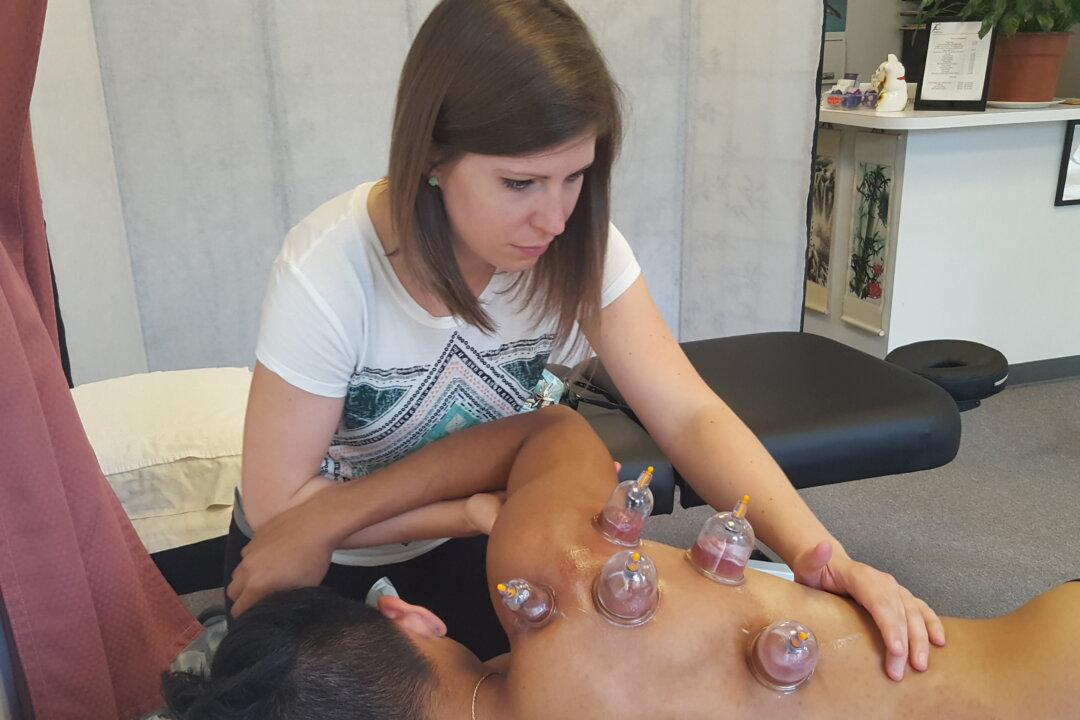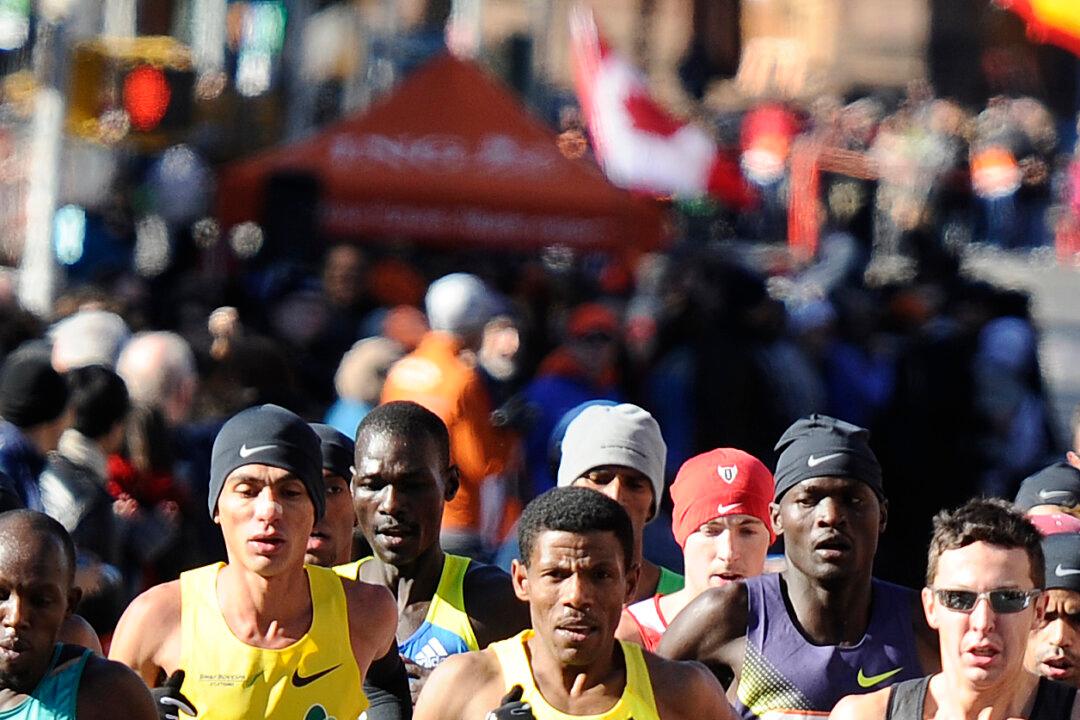If you watched the Olympics, you probably saw what looked like circular hickeys on many athletes, including gold medalist Michael Phelps.
These marks came from a traditional Chinese medicine treatment called cupping. ‘Cupping’ is all the rage right now for pain, stiffness, and muscle, tendon, and fascia dysfunction. So what is it exactly and why do people wear those bruises so proudly?
Chinese medicine focuses on ‘qi’ or energy pathways (meridians) in the body. Cupping is used to help the body and organ systems operate and feel better by unblocking stagnant qi and blood along the meridians. So, the darker the color under the cup, the better as that means it is unblocking and moving energy into that area of dysfunction to help heal it.
Myofascial Decompression (MFD) is Western medicine’s equivalent of this ancient Chinese treatment. MFD focuses on the mechanical aspects of the human body. It targets tight tissues, painful areas, restricted motions, scars, and postural issues. It also incorporates movement patterns and muscle retraining. The goal of MFD is to release soft tissue constriction, reorganize the soft tissues, restore movement, improve circulation and reduce your perception of pain.





